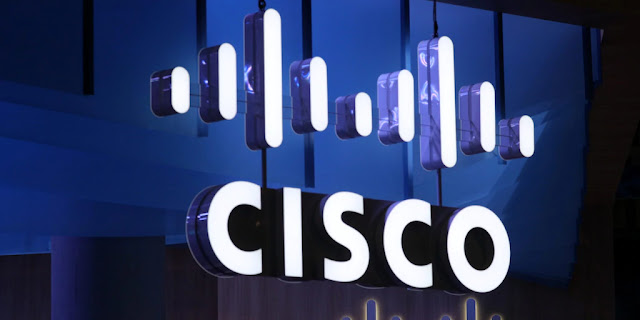Background
The supply chain for Cisco is highly complex, large, and global. With over 300 product families, Cisco has a wide variety of gears aimed at a number of consumers with widely different preferences and criteria for satisfaction.
Most Cisco products use a development model for the configure-to-order (CTO). Products are produced with customer orders reported. Acquisitions result in a significant percentage of Cisco development and carry their own supply chain specifications and processes that need to be incorporated into Cisco core operations.
In addition to more than 1000 vendors, the Cisco supply chain includes: Manufacturing partners and logistics providers.
● 16 CTO fabrication sites
● 4 Positions on the BTS
● Eight strategic logistics centres
● 25,000-plus order-able product IDs, or PIDs (approximately 25% assembly-to-order, 75% spares)
● Millions of shipments per annum (such as about 9 million cartons delivered in the six months ending March 2014).
Challenge
Like many major companies in today's highly competitive world, Cisco has been trying to transform its supply chain to improve business size and agility. But a highly complex supply chain management ( SCM) system had stymied the business. Disparate CTO and BTS operations, numerous ERP instances, and inefficient, non-standardised processes made scalability almost impossible and hindered customer service and productivity. The Oracle e-Business Suite 11i complex and excessively customised Cisco version included
● More than 2500 customisations, of which an estimated 50% are unused
● 250 Personalised Settings
● Unique Data Objects 30,000
● 19 Special Databases
Fulfilment of order:
● Reduced request latency and order specifying response time
● Automatic prioritisation of customers allocated during supply constraints
● Build to stock model shortened order fulfilment time from 11 days to 3 days
● POs handled in minutes, rather than hours
● Quicker management of transition (due to the removal of multiple systems)
Order and Returns:
● Supply segmented by customer used to plan customer orders
● Close real time backlog contact with setup info
● Parallel realisation of low-margin products through BTS supply chain
● Strengthened handling of returns with Return to Stock
Next Step
The priority of Cisco IT and the LSS program team is on:
● Stability of the R12 platform and of all new features introduced.
● The platform for any new features and functionality, or improvements to existing ones.
● Transformation of other supply chain related LSS systems.
The IT framework is under way between order management and the supply chain, which will promote the growth of fully automated entities in developing countries.
Thank you!
Have a great day 😊






Good read
ReplyDelete